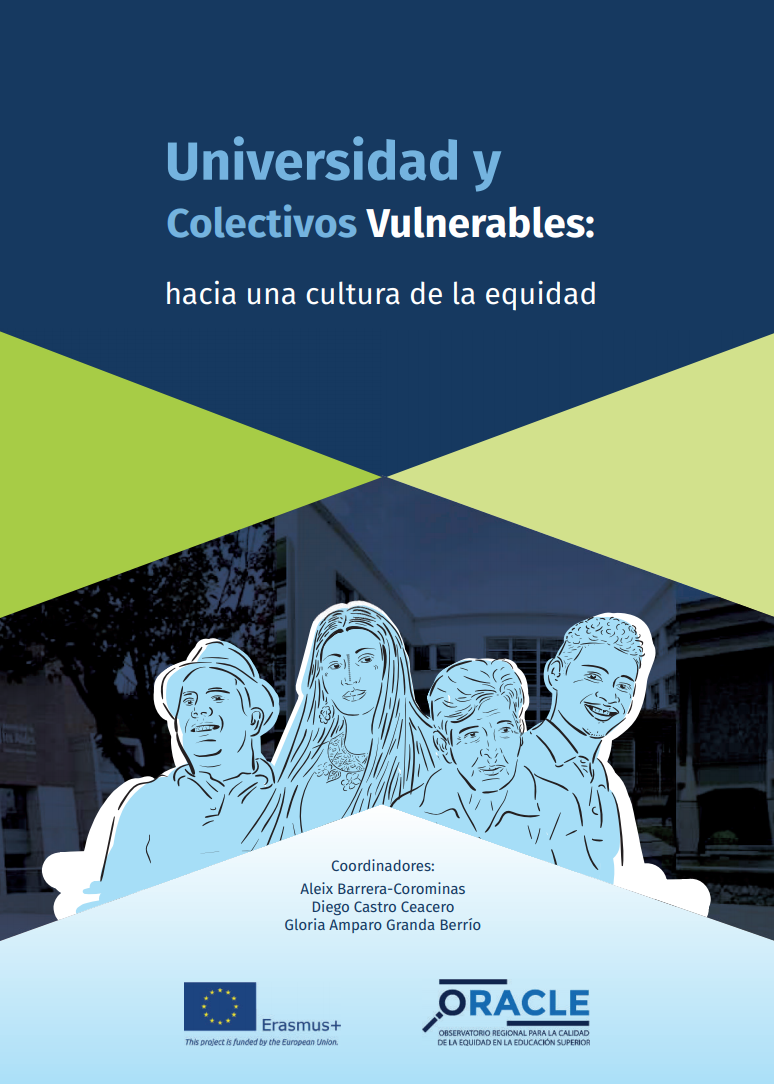The document is structured through 7 sections. The first of them incorporates conferences by renowned experts who analyze, on the one hand, the challenges, difficulties and challenges involved in the construction of more equitable universities in the Latin American area and, on the other, reflections and concrete examples of actions that can be carried out to guarantee greater attention to vulnerable groups from the university structures. The second section focuses on analyzing the perspective of equity in higher education institutions in Brazil, Bolivia, Chile, Costa Rica, Ecuador and Paraguay, analyzing the institutional policies and strategies that are being carried out in the respective countries. The style followed by the authors allows us to analyze the situation in the different countries from a comparative approach, without forgetting the necessary contextualization to the socio-political situation of each territory. The third section briefly presents some of the contributions of the ORACLE project, which are specified in a detailed analysis of literature that allows us to understand the concept of culture of equity on which the project has been based; a description of the development of the MEDYMEQU model, whose objective is to promote the development of universities to increase their levels of equity as a way to improve quality; Below are different experiences on equity analyzed within the framework of the project, as well as equity programs and services that some of the institutions linked to the observatory have, all of this to end with a chapter that allows analyzing the linkage of equity to different stages. of organizational development. The fourth section presents the results of different studies, analyzes and research that have analyzed from different perspectives the attention to equity that is developed in different higher education institutions. This allows the reader to have a multifaceted vision of the situation, while at the same time obtaining data and concrete proposals that can help better understand and pay attention to equity in the institution itself. Likewise, the fifth section presents specific strategies developed by higher education institutions to respond to the particular needs of groups with different abilities. From this approach, proposals are presented linked to the improvement of organizational structures, the existence of specific services, or the necessary adaptations of materials and methodological strategies to ensure that people with these characteristics can develop their full potential in the university context. The fifth section introduces different curricular strategies developed in higher education institutions in Latin America that allow us to respond not only to the needs of the groups that are already within the university, but also to the environments in which they coexist, or the that potential students who are in vulnerable environments coexist. In this sense, different learning and service experiences appear that can serve as a basis for the generation of similar strategies in other university contexts. The sixth section analyzes, from an analytical, but also propositional, approach, different proposals to respond to the difficulties that some groups encounter due to their ethnic origin, or for gender reasons. Finally, the seventh section presents a miscellany of studies and analyzes on equity developed in the field of higher education in different territorial contexts, the detailed analysis of which allows obtaining a global and international vision of the object of analysis of the Congress.
Universidad y colectivos vulnerables: hacia una cultura de la equidad

Year of publication: 2019
Authorship: Aleix Barrera-Corominas, Diego Castro, Gloria Amparo Granada
Editorial: PENCLIPS